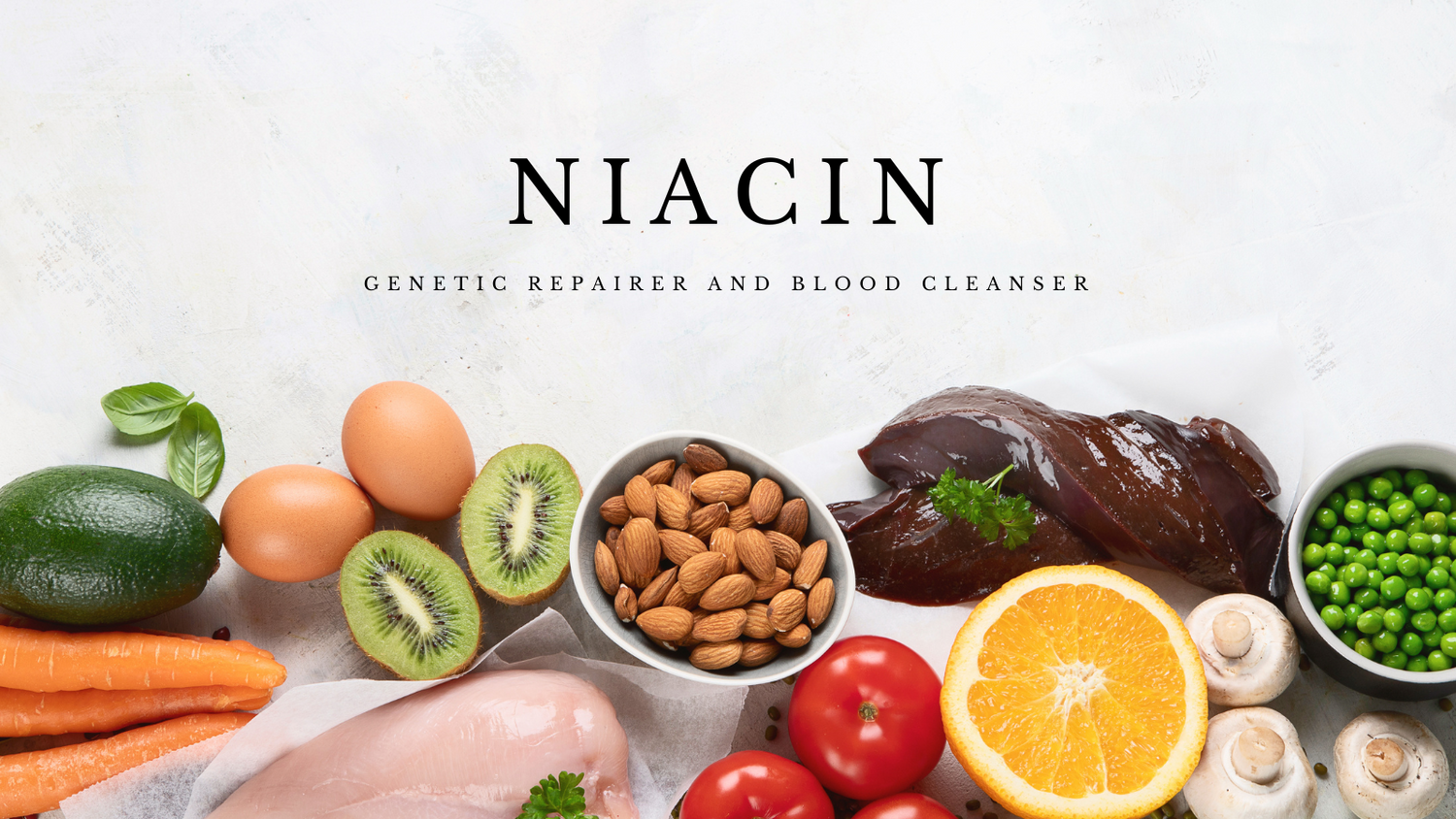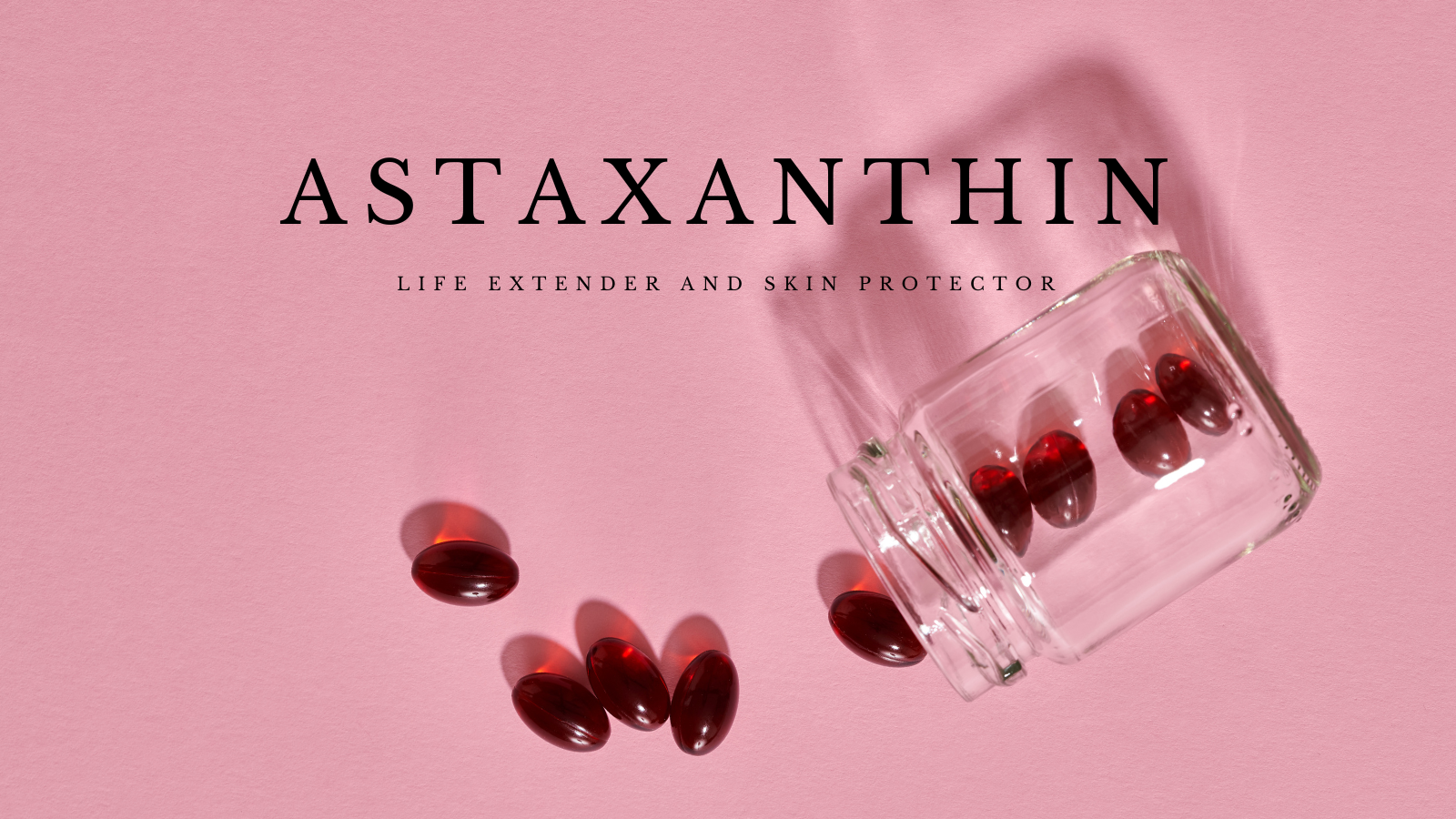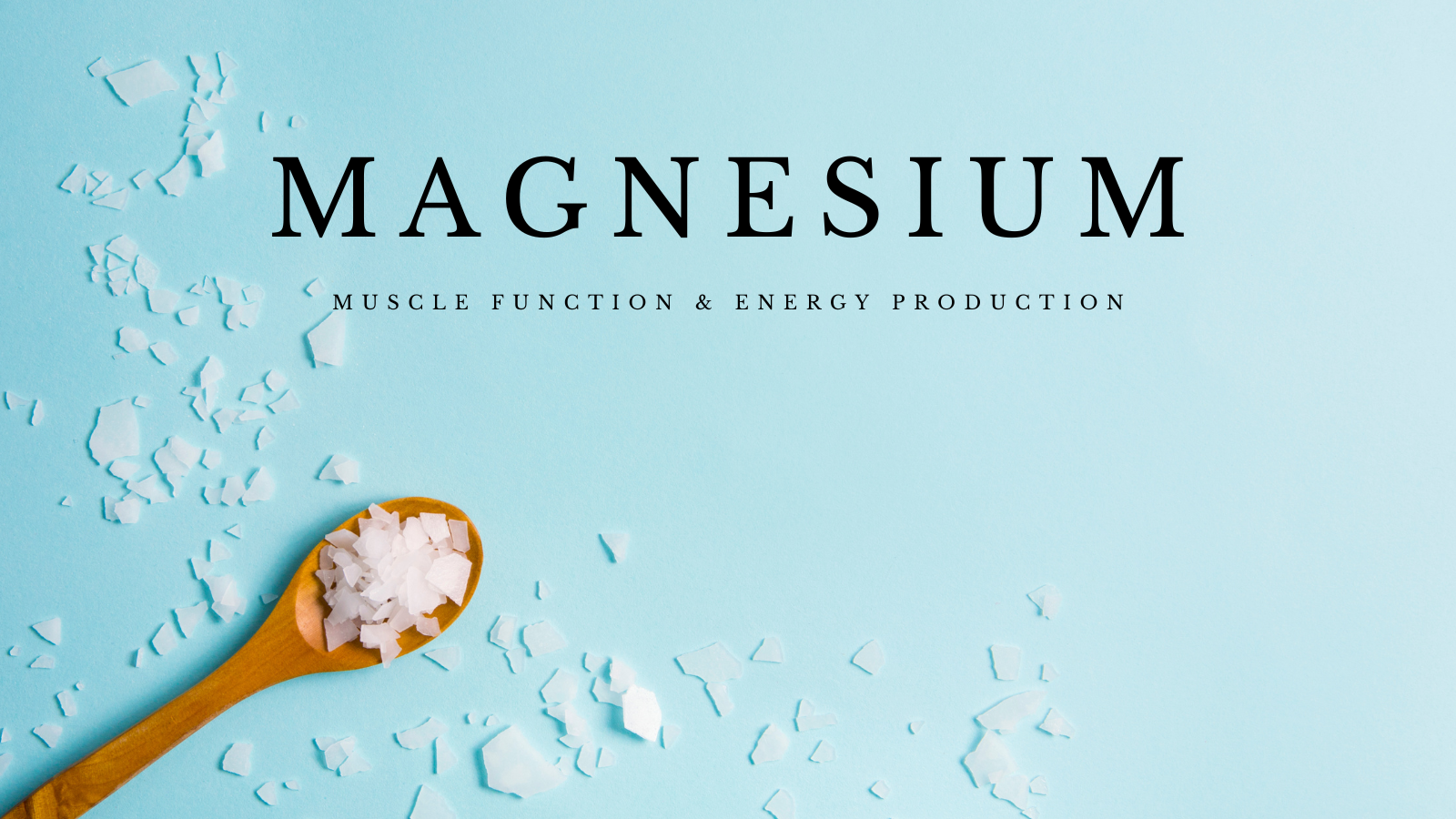What is Niacin?
‘This post takes a deeper dive into human biology – exploring cholesterol, DNA and blood vessels. There are some terms that are complex, but fear not! There are explanations and links for these terms, so when you come out, you will know a bit more about basic human biology.’
Niacin is vitamin B3, also called nicotinamide riboside or niagen. Niacin is best known for its effects on cardiovascular health, cholesterol levels and DNA repair.
Niacin is absorbed through the stomach and intestine and can be converted by your body into NAD+ (nicotinamide adenine dinucleotide) which is a co-enzyme that is used in a plethora of functions in your body, one of the most notable being the conversion of food into useable energy (ATP).
How does Niacin work?
There are a wide range of functions of niacin, more will be covered in a later post. For now, we will focus on its affects regarding cholesterol, DNA and blood vessels.
Assists in Regulating Cholesterol and Atherosclerosis
Niacin reduces a type of cholesterol that can block arteries and increases cholesterol that removes excess cholesterol. This also helps to slow down progression of atherosclerosis.

A cutaway of a blood vessel with atherosclerosis
You may have heard of LDL cholesterol (low-density-lipoprotiens) before. They are often touted as the 'bad' cholesterol.
LDL is actually quite important, as it transports cholesterol to tissues in the body. However, if there is too much in the blood, it can become stuck in the arteries, clogging them up and causing atherosclerosis. Niacin regulates the levels of LDL by blocking a hormone-sensitive lipase enzyme in your fat tissues.
Lipase breaks down stored fats and turns them into free fatty acids. These fatty acids are then converted by the liver into triglycerides, which your liver places into very low-density lipoproteins (VLDL). These VLDLs are released into the blood plasma and turn into LDL. By niacin blocking the lipase, tryglicerides are never made and thus, levels of LDL drop to a manageable amount.
Niacin also affects another lipoprotein called high-density-lipoprotein by increasing its presence in the blood. HDL absorbs excess cholesterol in your blood, taking it to the liver which then flushes it from your body. This is why niacin is amazing if you have problems with cholesterol. It is a double-edged sword.
DNA Repair
DNA damage can occur from many internal and external reasons. Some examples are radiation exposure including UV (sunburn), oxygen radicals, heavy metals, errors in DNA replication, diet and environmental factors.
Damaged DNA can lead to cell alterations, and potentially cancer if there is too much damaged DNA. Thankfully, Niacin plays an essential role in DNA repair.
When niacin is converted into NAD+ in your body, it can be used to create poly (ADP-ribose) polymerase 1 (PARP1). PARP1 is a nuclear enzyme used to detect damaged DNA, attach to the broken strand, and then use NAD+ to help in the repair process.

A strand of DNA
If you recall, lipase was also an enzyme, and for those who don’t know, an enzyme is a ‘catalyst’, a chemical reaction accelerator, and are usually protein or RNA. Enzymes are not used up in the reaction, and are recycled to do their job again.
A lack of NAD+ can not only lead to damaged DNA not being repaired, but also faulty mitochondrial function and defects in reactive oxygen species (ROS) function. If you want to learn more about ROS, click this link.
Niacine opens the blood vessels and promotes wound healing
This study found that niacin not only helps with revasuclarisation of blood vessels, but also in the endothelial cell angiogenic function (a bit of a mouthful). Endothelial cells regulate your vascularity, and blood flow. Endothelial cell angiogenic function is the production of blood vessels from existing blood vessels - this is essential for several reasons, most notably for wound healing.
In this animal study, the researchers found that niacin also assists in reducing endothelial dysfunction, which is a disease that constricts the blood vessels on the heart’s surface. Chronic chest pain is a result of the disease.
Niacin not only heals wounds, but it improves growth performance and gut health. In these animal studies, Niacin significantly increased the levels of good bacteria in the gut and reduced inflammation response compared to the control group.
Natural Sources of Niacin
Niacin is found in many foods, but the highest quantities are in meat. Below is a list ranking from highest to lowest, the quantities of niacin in foods per serve.
- Beef liver: 14.9mg/s
- Chicken breast: 10.3mg/s
- Turkey Breast: 10mg/s
- Sockeye Salmon: 8.6mg/s
- Canned Tuna: 8.6mg/s
If you read the astaxanthin post, you may remember that wild sockeye salmon also had high levels of astaxanthin. Sockeye salmon is trying to help you. Accept it's offer.
Honourable mentions go to rice, potato, pumpkin seeds and peanuts for a bit of a top-up of niacin in your day.
Why should I take a Niacin supplement?
The benefits we have covered so far are amazing, but there is one more reason to implement niacin supplementation.
As you age, your naturally produced levels of NAD+ drop.
Supplementing Niacin can help to keep NAD+ levels higher and keep up optimum energy production, ward off cardiovascular diseases, diabetes, neurodegenerative diseases and vision problems.
How long does a niacin flush last?
In larger doses, niacin can create a flushing sensation and your skin can turn red during this process. This occurs because niacin stimulates the release of prostaglandins – compounds that cause dilation of blood vessels. It is a harmless process.
If you do not like the flushing, you can take it before bed, or you can try eating applesauce before taking niacin, as this is one known way to reduce or completely stop the flushing effect.
How much Niacin is too much?
Since niacin is a water-soluble vitamin, it has a lowered risk of a toxic buildup in your system. Any excess will come out in your urine. Doses under 500mg have found to be very safe from studies conducted. Sol Supps niacin is 300mg, so well below that level, while still giving all of the incredible benefits.
Is slow release Niacin good?
Some niacin products, such as slow-release niacin, are not true niacin and are usually another form that does not give the primary benefits of real niacin. With all supplements, it is important to do 10-15 minutes of research before buying.
Our niacin is sourced in the USA, and is very high quality – you will feel a flush because of this. The flush will subside after approximately 45 minutes.
If you have had any great experiences with the benefits of niacin, leave a comment below! We'd love to hear about it.




Leave a comment
All comments are moderated before being published.
This site is protected by hCaptcha and the hCaptcha Privacy Policy and Terms of Service apply.